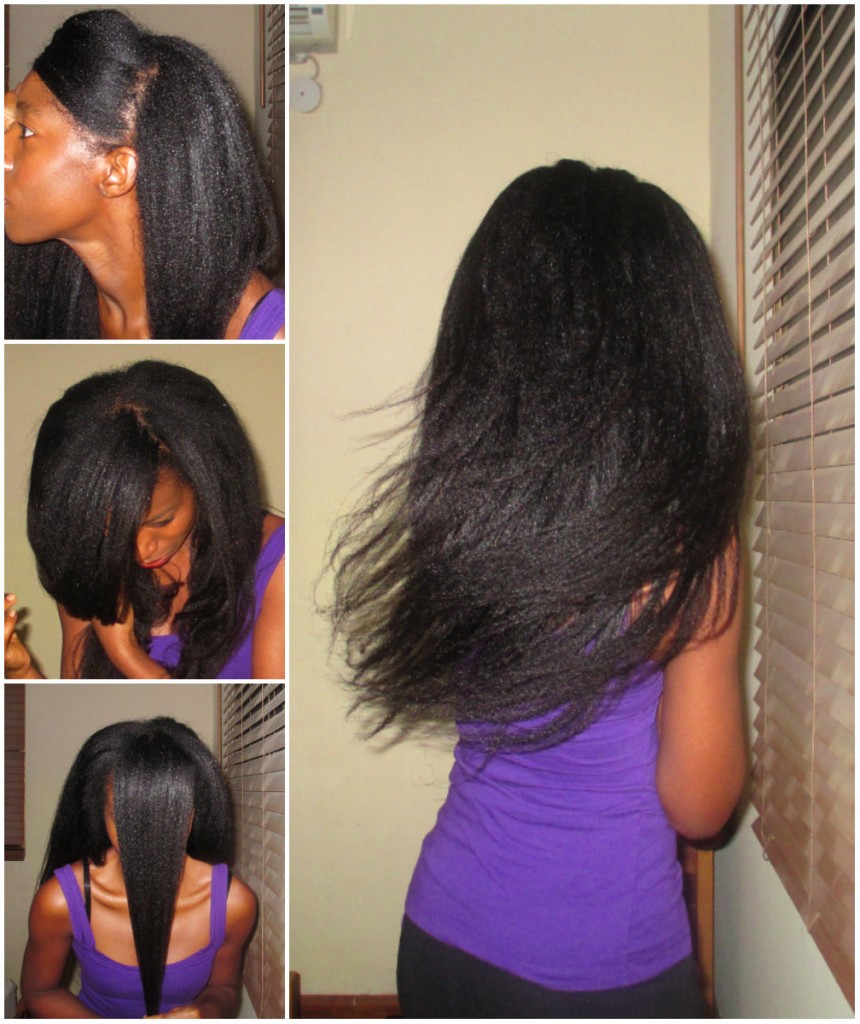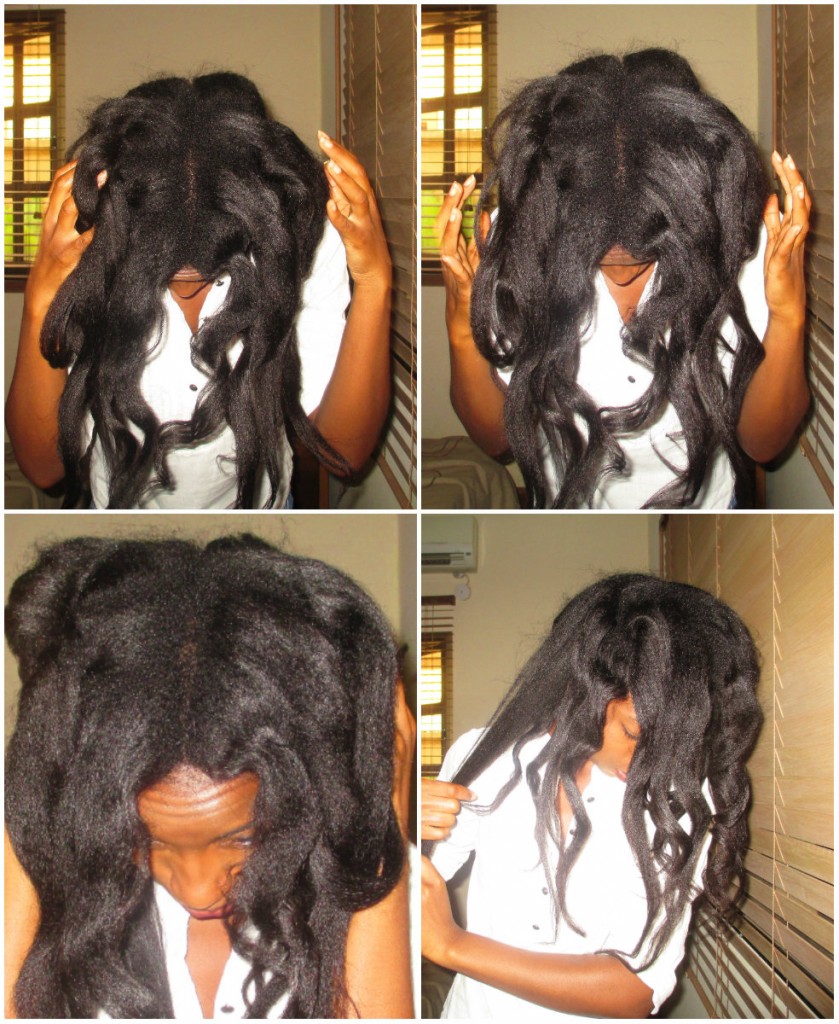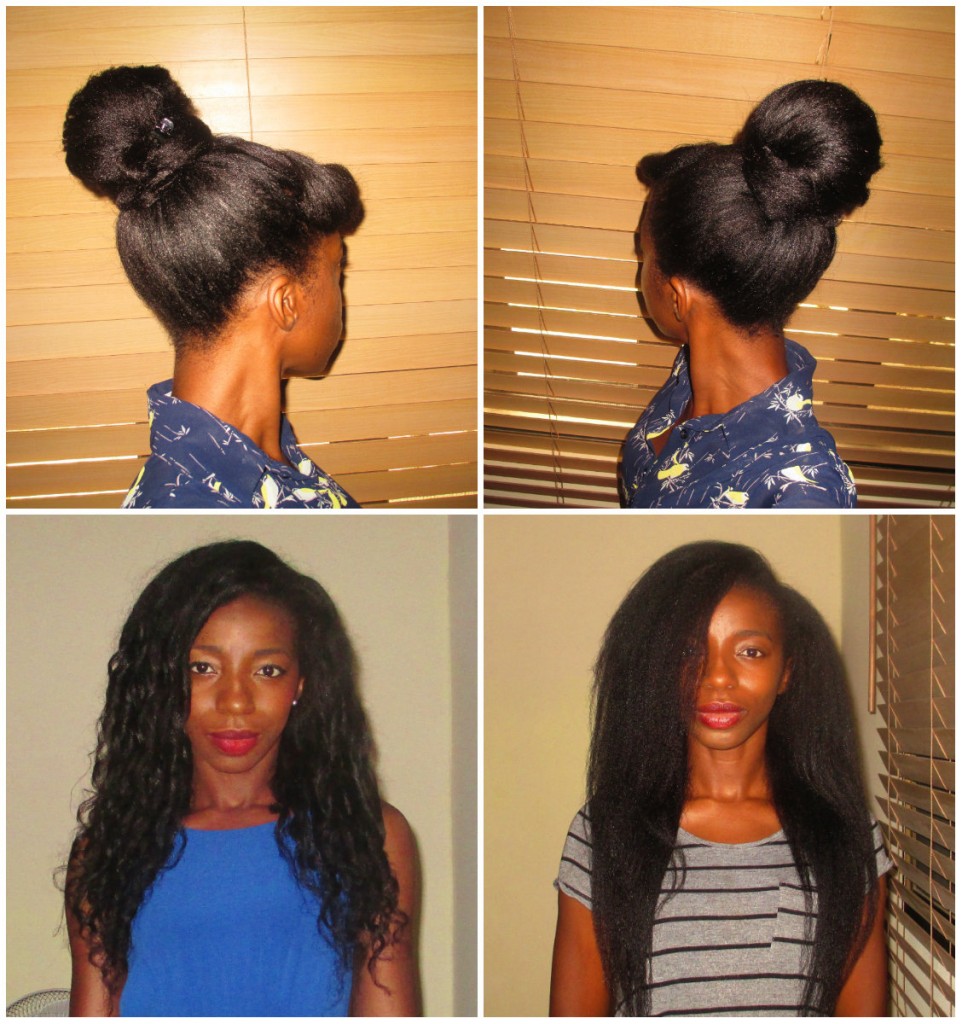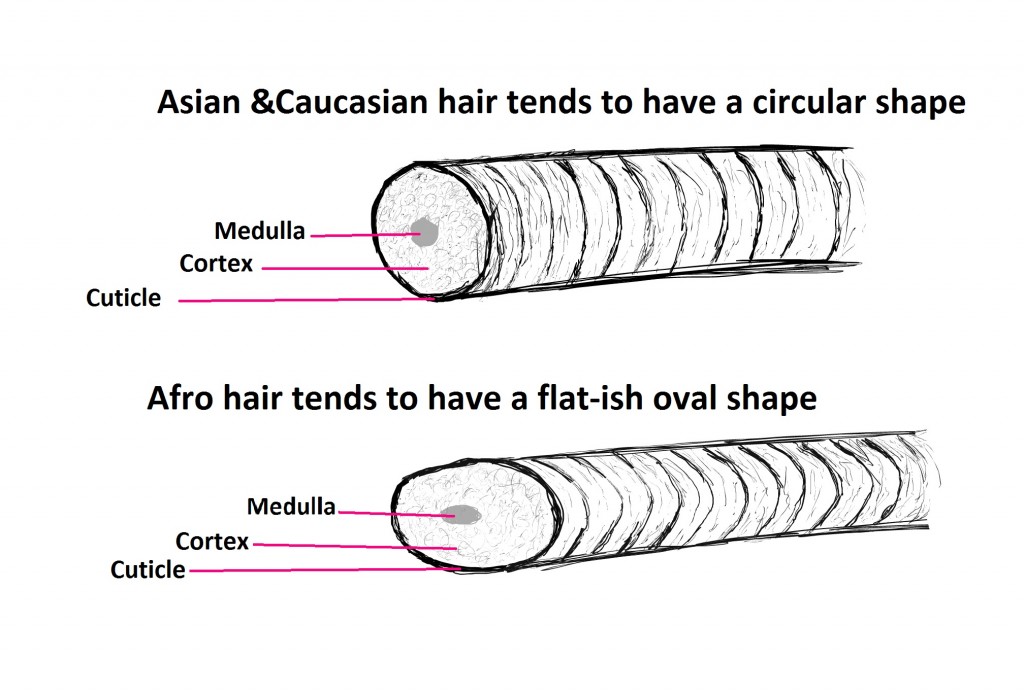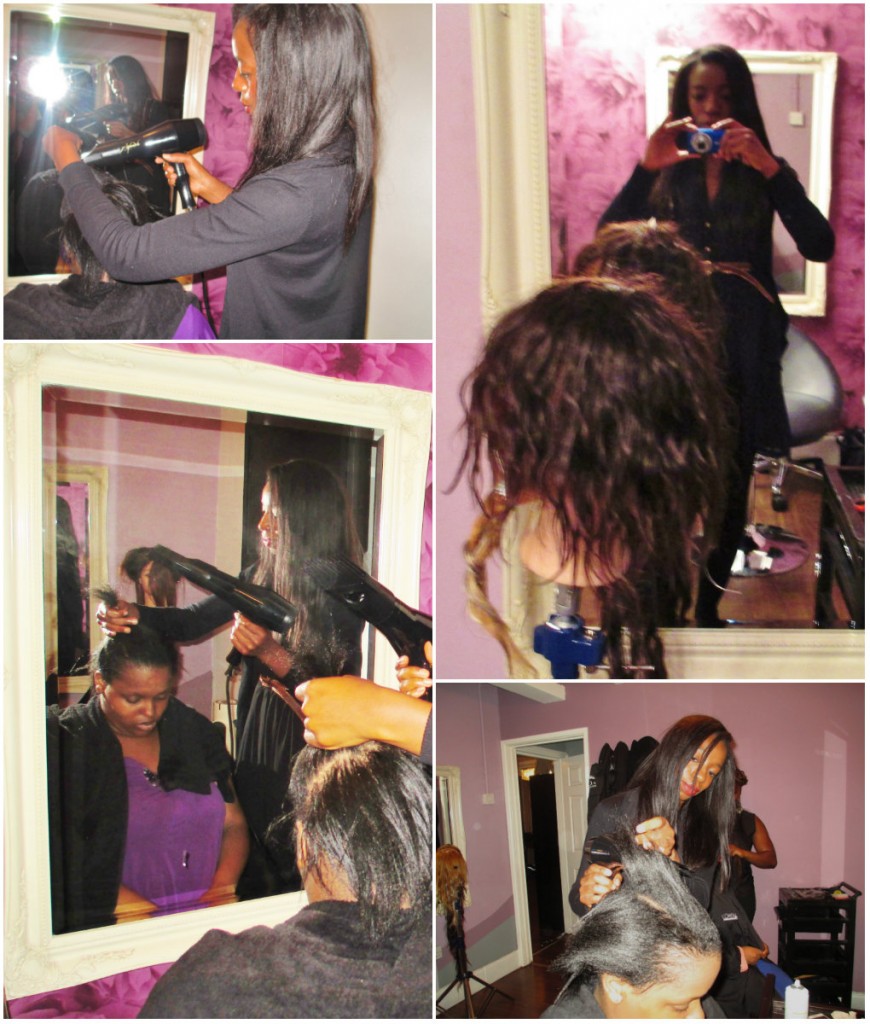Hello Ladies
I washed my hair last weekend and intended trim my ends. It all went a little wrong….
It all started with my moisturising deep conditioner running out. I was out of both my Tresemme Nourishing Conditioner and Motions Moisture Plus. On a whim I decided to try a new conditioner I had heard good things about, Herbal Essences Hello Hydration.
MY WASH DAY GONE (SORT OF) WRONG
- I put my hair in 14 large box braids after detangling with a “generous amount of olive oil. I covered the box braids with a plastic shower cap and went to bed.
- The next day I shampooed and deep conditioned my hair. I had followed using my usual technique of mixing my protein and moisture deep conditioner together. However I was trying out a new moisture conditioner I did 70:30 mix instead of my usual 50:50.
- My deep conditioner mix was 70% of the Hello Hydration and 30% of Vitale Olive Oil conditioner. I mixed in one teaspoon of olive oil. I used this ratio because I wanted to see what effect the Hello hydration would have on my hair.
- After washing my hair I noticed that my hair felt a more slippery than normal but didn’t think much of it. I deep conditioned and after rinsing out the deep conditioner I was happy with how my hair felt.
As I detangled and dried my hair I thought “oh wow my hair is really shiny”, then I thought ”hold on, my hair is clumpy”. That was when I realised my hair was actually super oily, limp and weighed down. When it dried and I touched it, it actually left my hands oily.
I wash not a happy bunny. It felt like I had wasted a wash day and I could not proceed with trimming my hair in its greasy state.
I simply cut very tiny bits off my ends and will trim properly next wash day. What I find most annoying is that I am stuck with thin oily hair for a week +.
Would I use the Herbal Essences Hello Hydration again????? Absolutely!!

The minute I realised my hair was oily I thought about want went wrong and quickly realised it was the temperature of the water I used to wash my hair. The conditioner was not the problem.
Normally I shampoo my hair with warm water and rinse out the deep conditioner with cool-ish water.
On this wash day however, I shampooed and rinsed with coolish water. The hot water was a running a little low and I didn’t think washing with cool water would make much of a difference to how my hair turned out. Boy was I wrong. Because the water was cool the olive oil I used to pre-poo did not come off completely. Remember I said my hair felt slippery even after I had shampooed it. Also I don’t think I rinsed out the conditioner well enough.
Despite all my complaints my hair had really good elasticity and felt soft so I am soooooo eager to try it again next wash day. Hopefully if next wash day goes well I may be on to a winner with is conditioner.
Hair Care Technique Update
I try to advise ladies to review and update their regimen from time to time. This is something I did over my last stretch and I believe it helped me reduce tangling and matting tremendously. I definitely credit this new technique for helping me minimise breakage.
What is it??? Sectioning!!! I know I have always been an advocate of working on hair in sections, ie washing, deep conditioning, detangling, moisturising and sealing in sections. What is new is that I keep my hair in sections permanently now.
Previously, during the weekdays, my hair would be in a bun majority of the time, now what I do is keep my hair in 6 to 10 rolls when I am at home. If I am heading out, I let the rolls down and put it up in an up-do.
The key is that I don’t merge the hair into one before styling. I simply shake the hair down and style it. So at the base of the style, my hair is still sectioned.
When I get back home I put my hair back in the rolled sections and because the parts at the base of my hair are still there, it only takes a few minutes to detangle, moisturise and seal and roll up each section.
I hope the above makes sense. When I used to keep my hair in one single bun, I would have to create new parts every time I wanted to detangle and moisturise and seal. Now the parts are created after my wash days and are kept in and re-used through the week.
I find that my hair matts and tangles less. The tangles that do form are easier to locate and detangle. It saves me a lot of time and it my hair seems to be thriving with it. I don’t think this technique is necessary but it seems to work for me and you are welcome to try it out.
The only downside is that this may not be ideal for ladies who like very sleek hair. As I like my hair looking a little messy it works well for me.
Have you had a wash day gone wrong? What happened? Anyone experimenting with a new technique? Do share, lets all learn from each other.
Coming up next, some hair style pictorials and a guide on how I finger comb my hair.
x
Lade
Learn | Change | Grow




